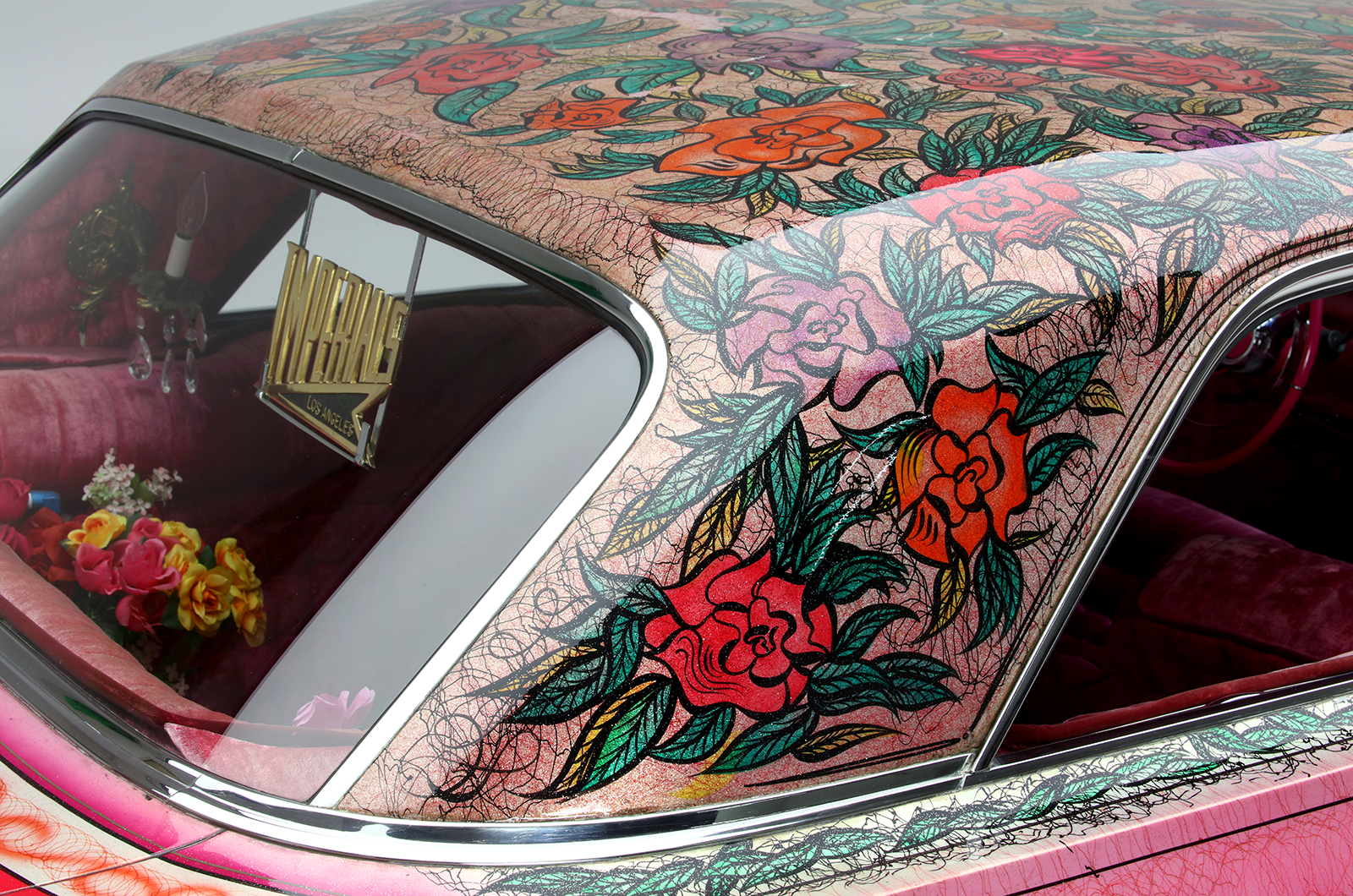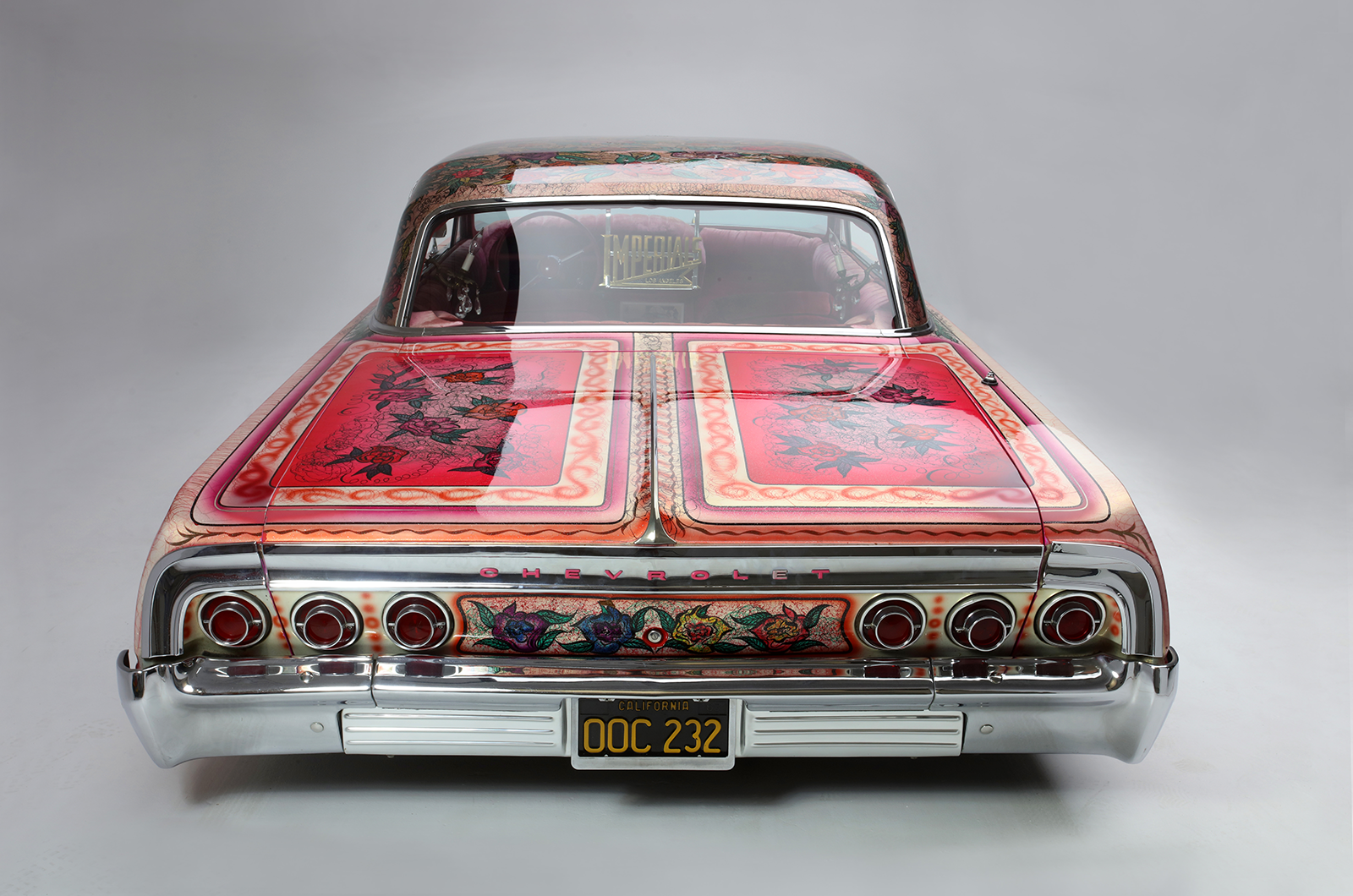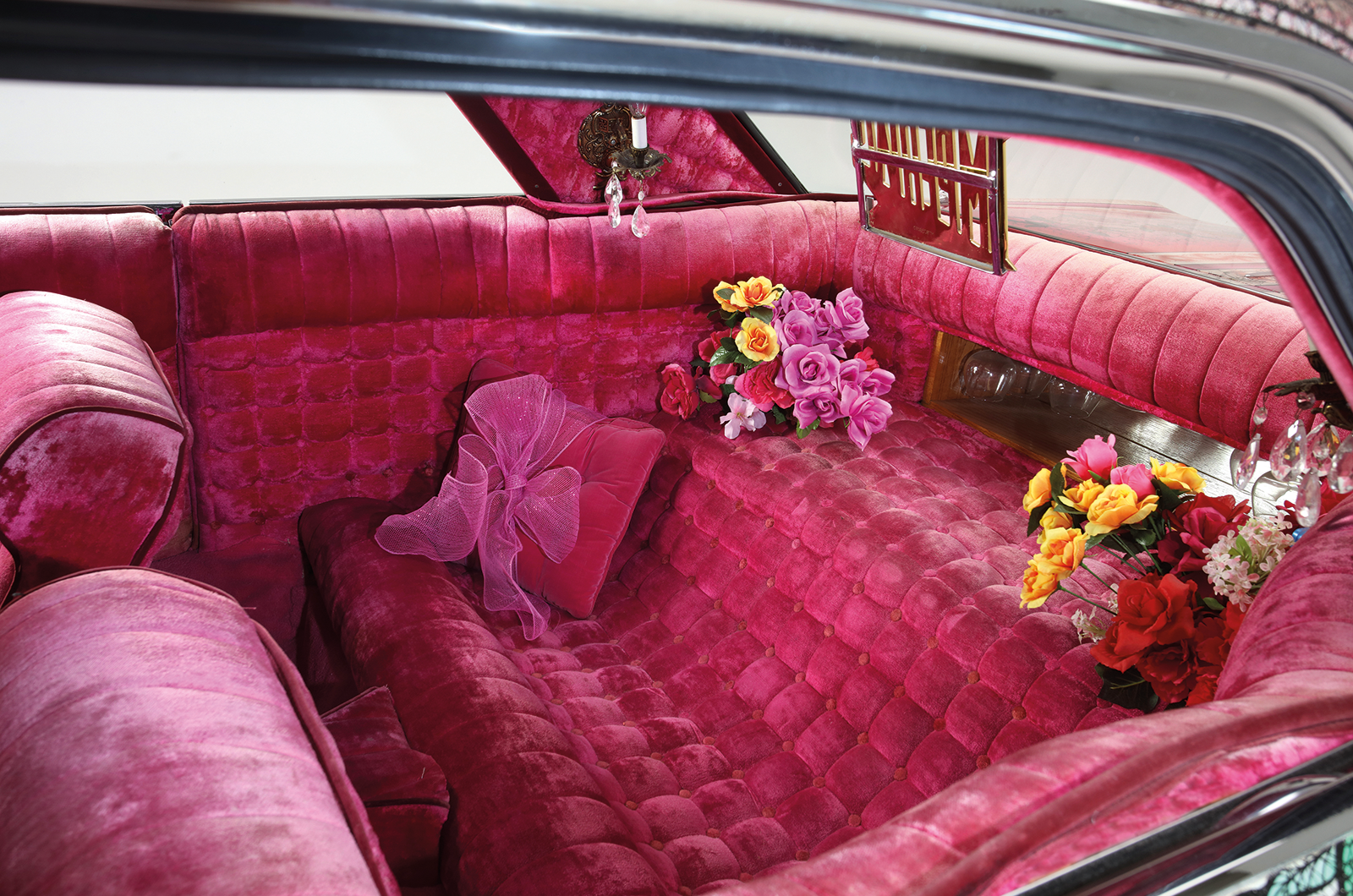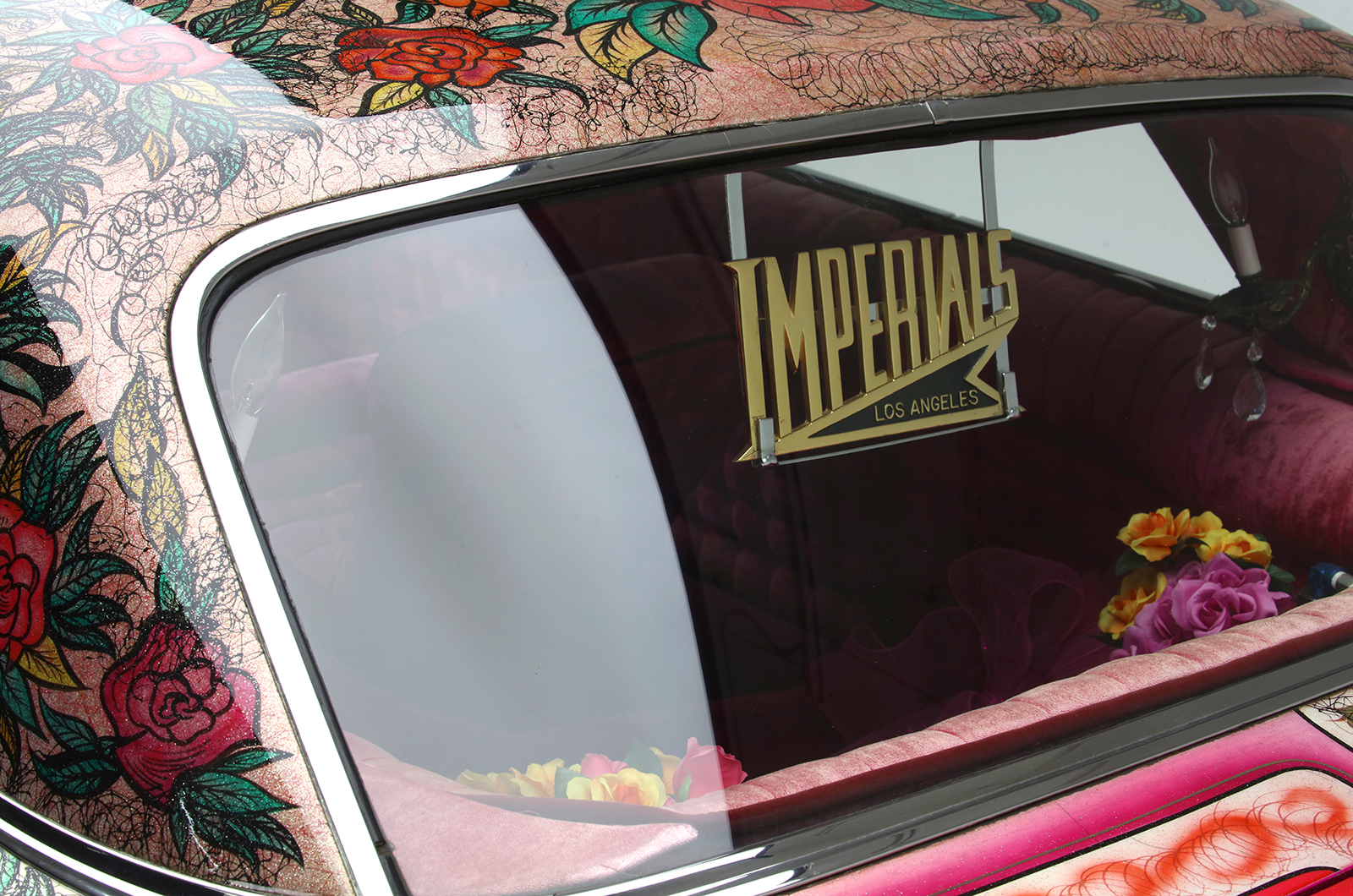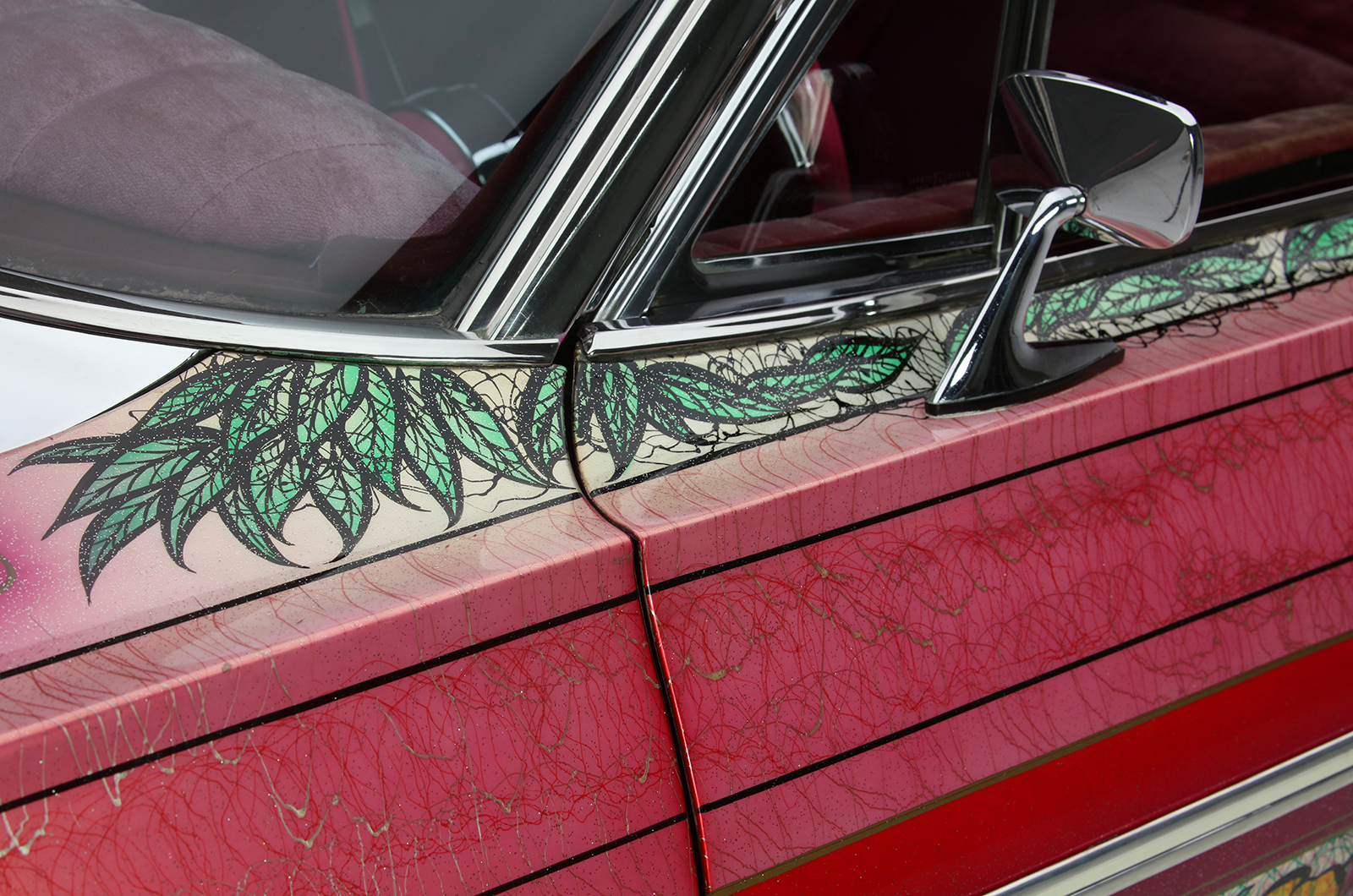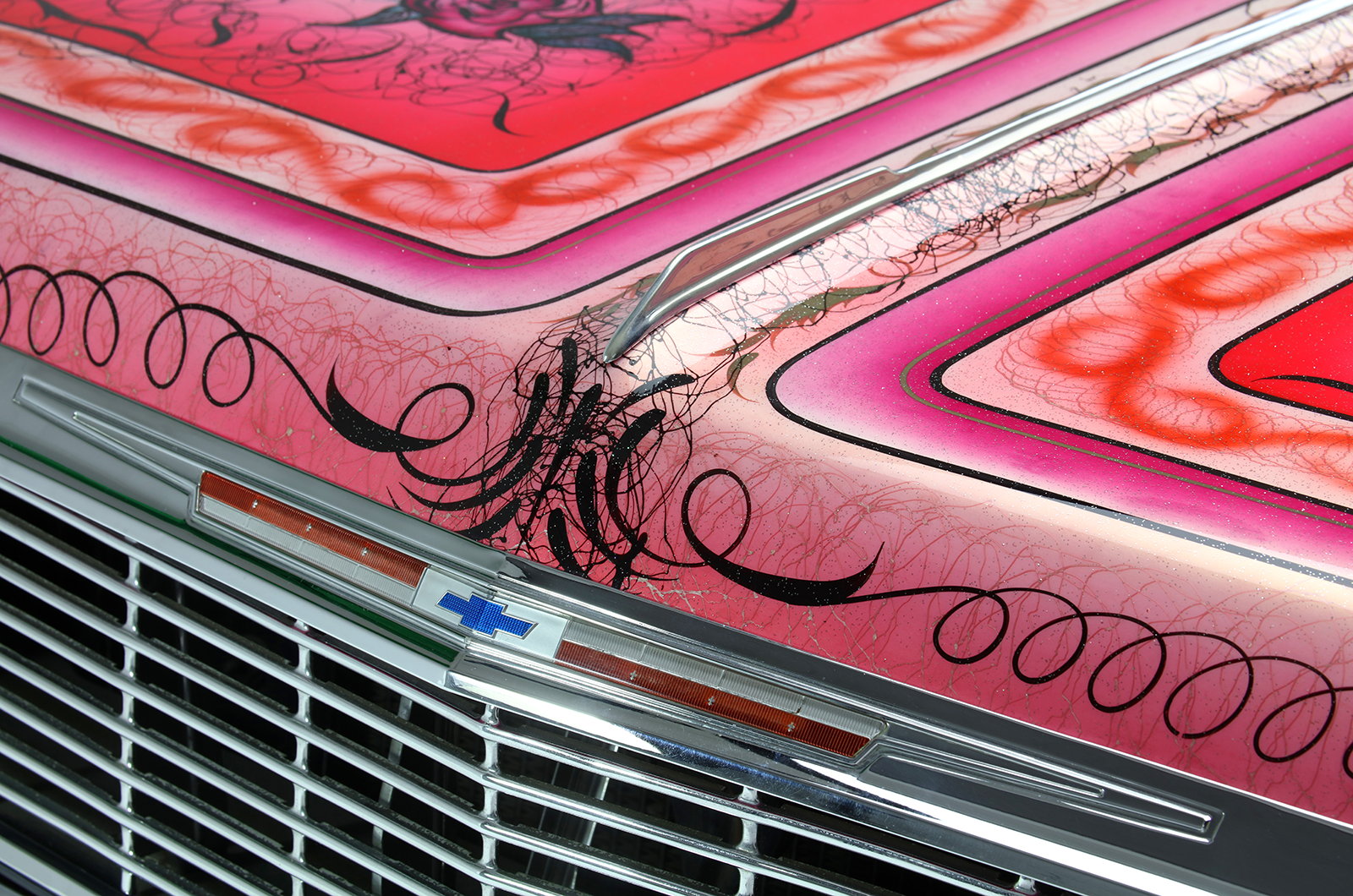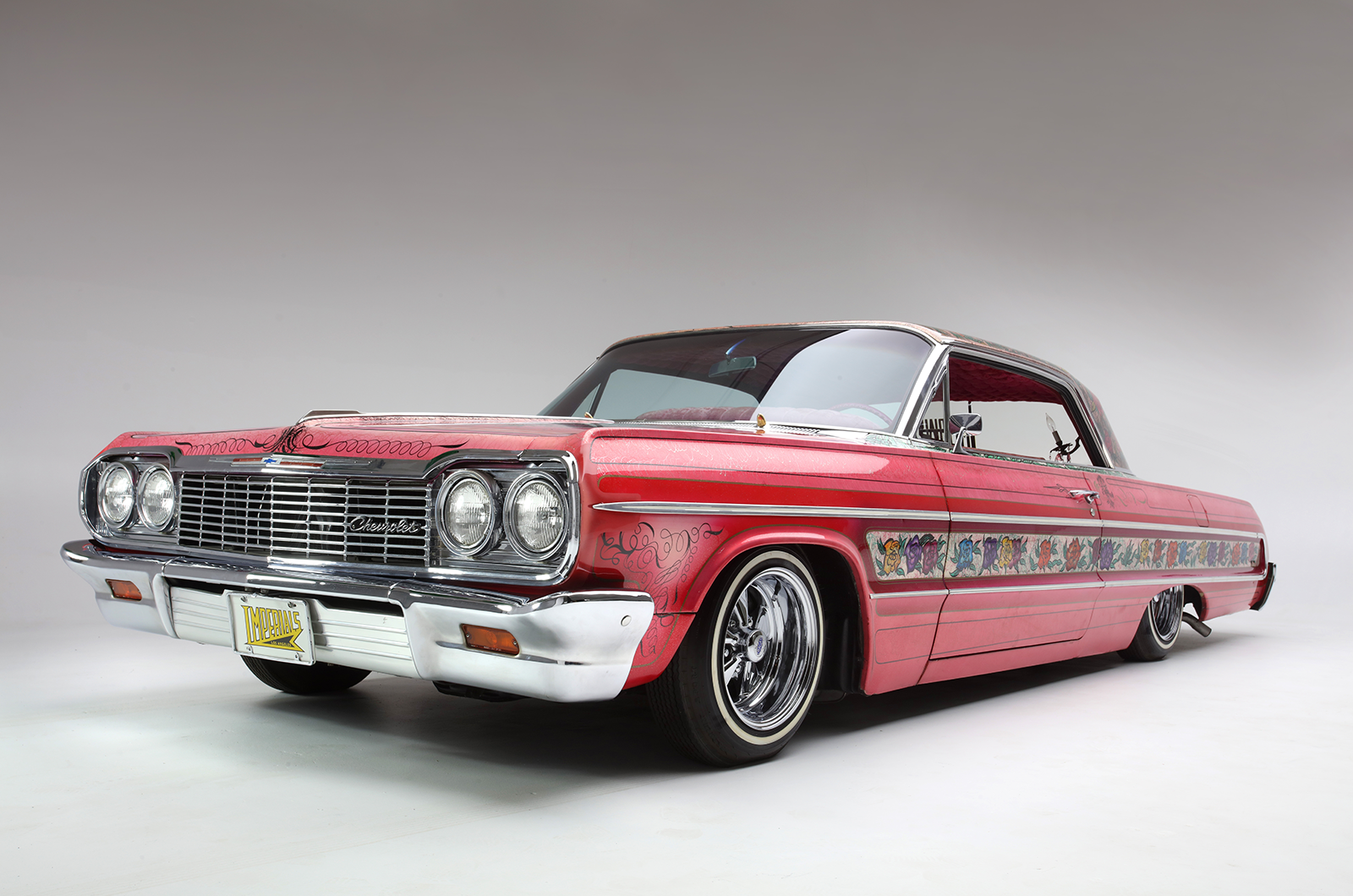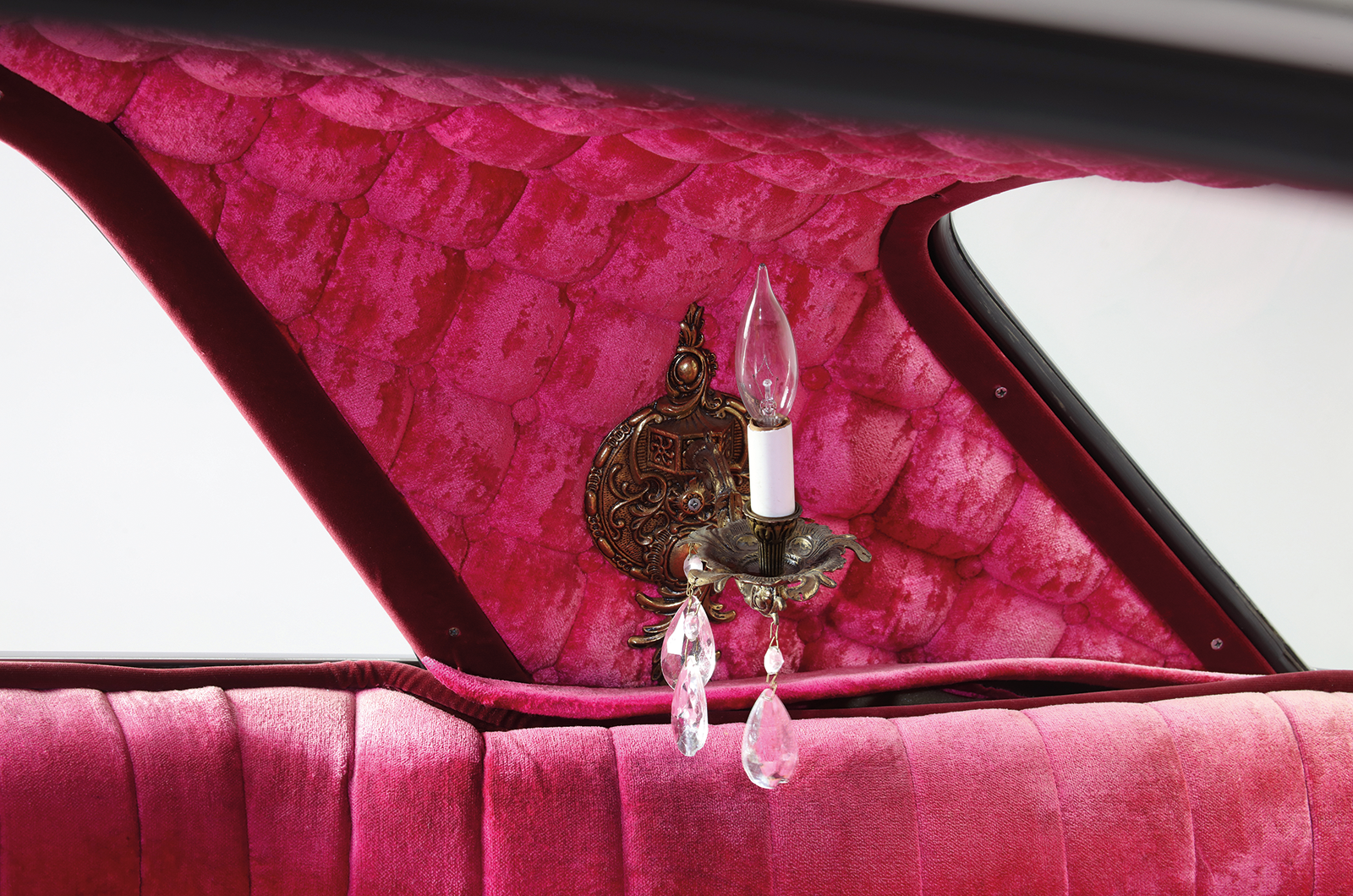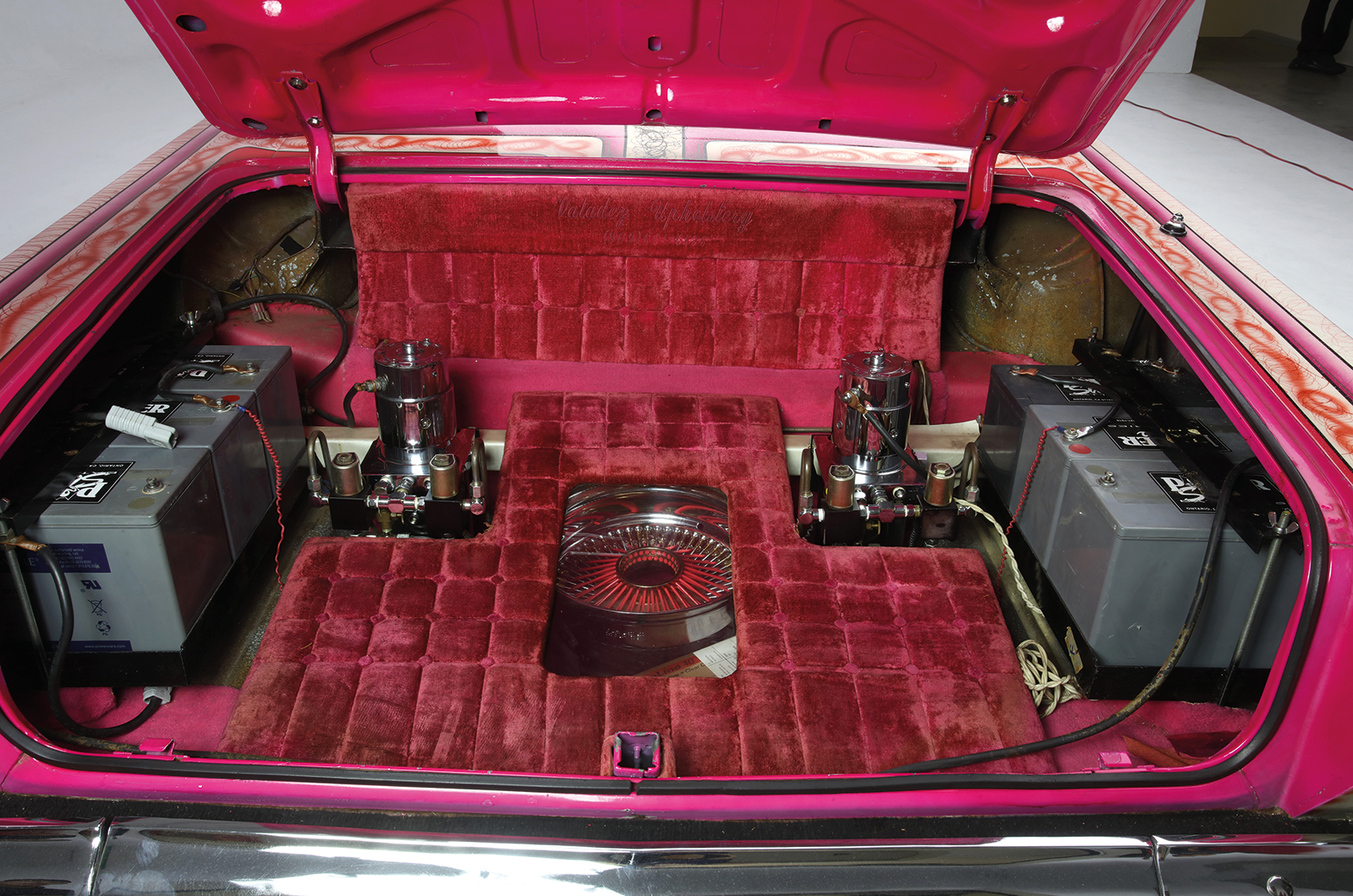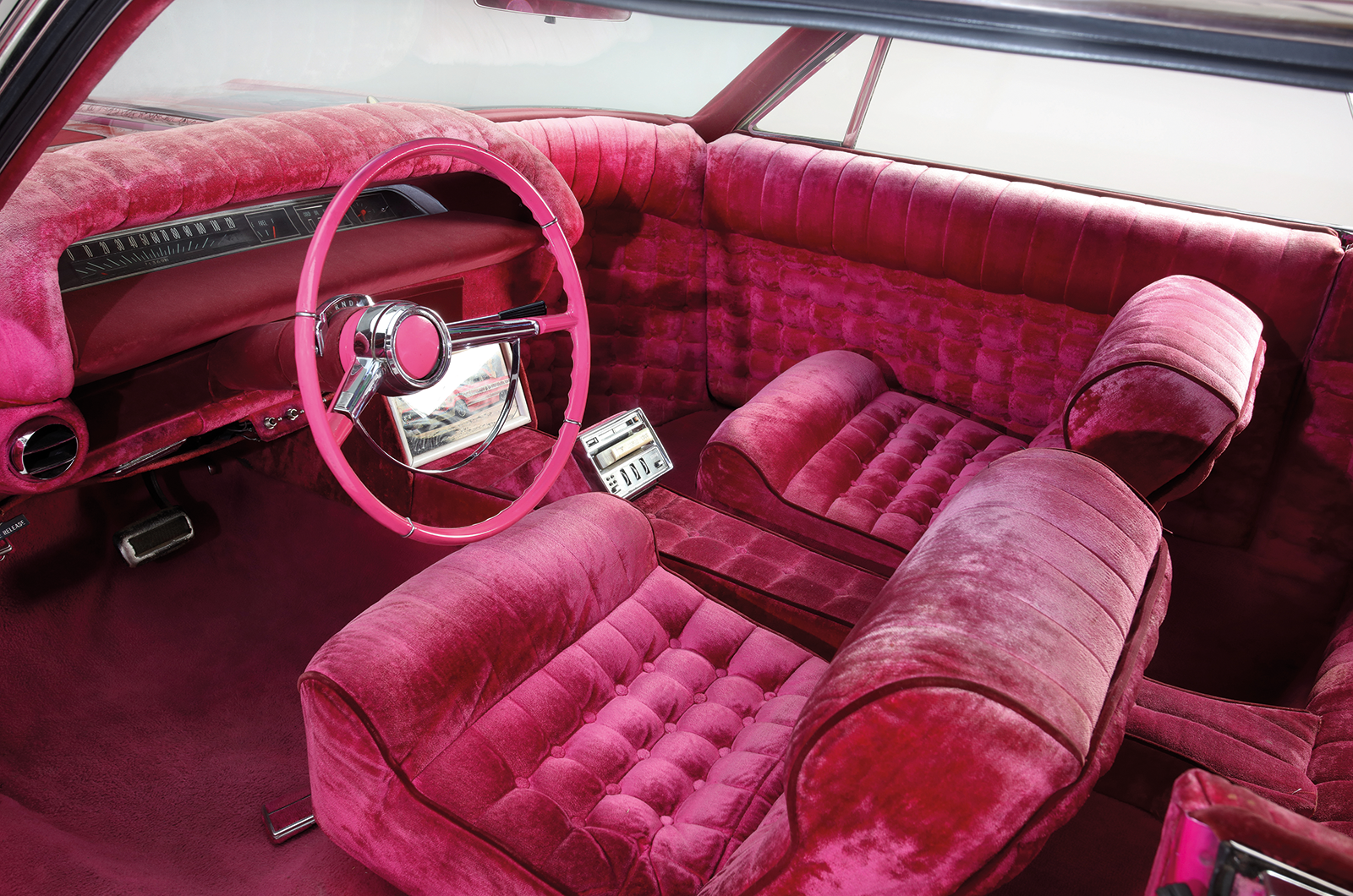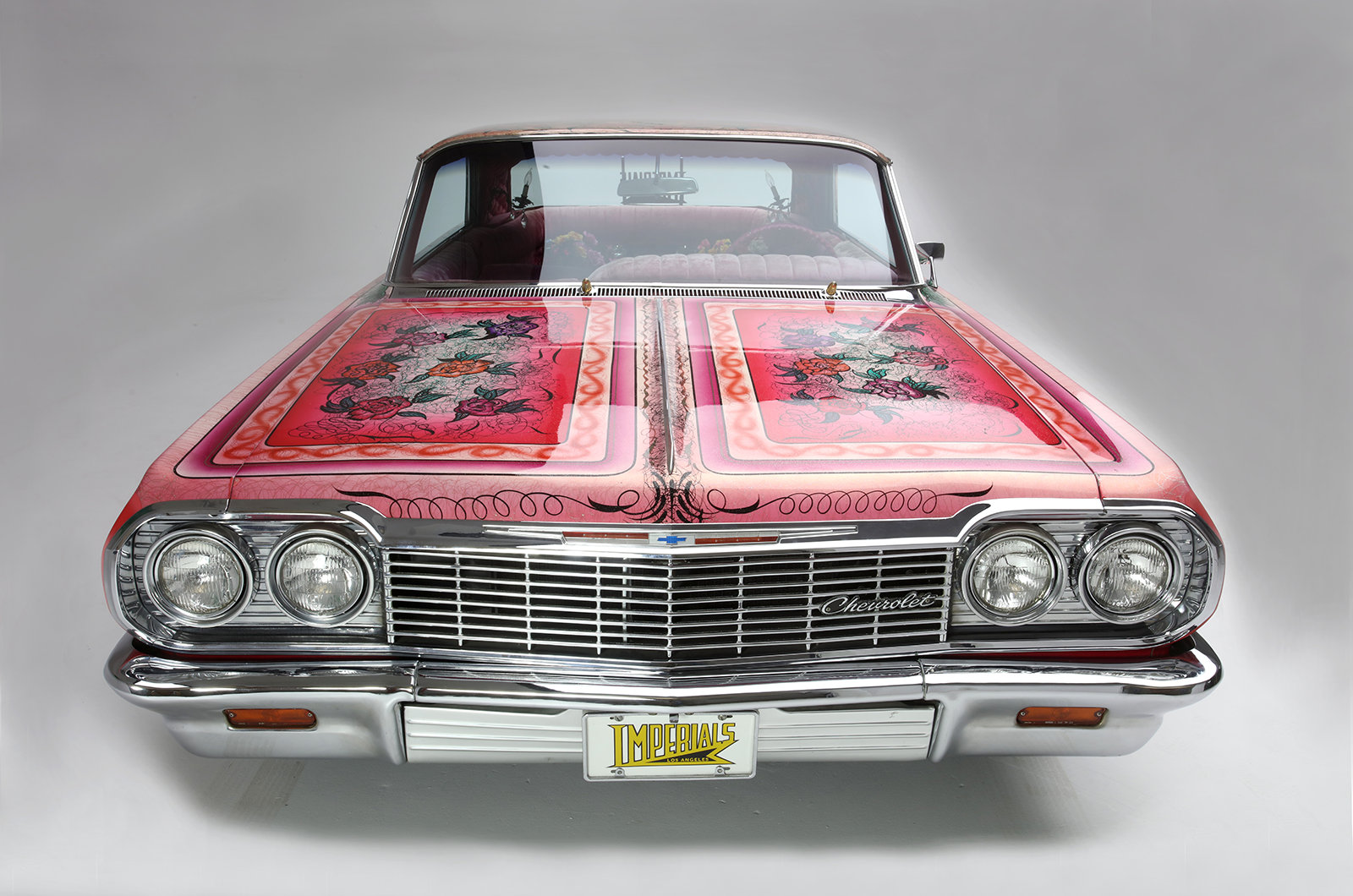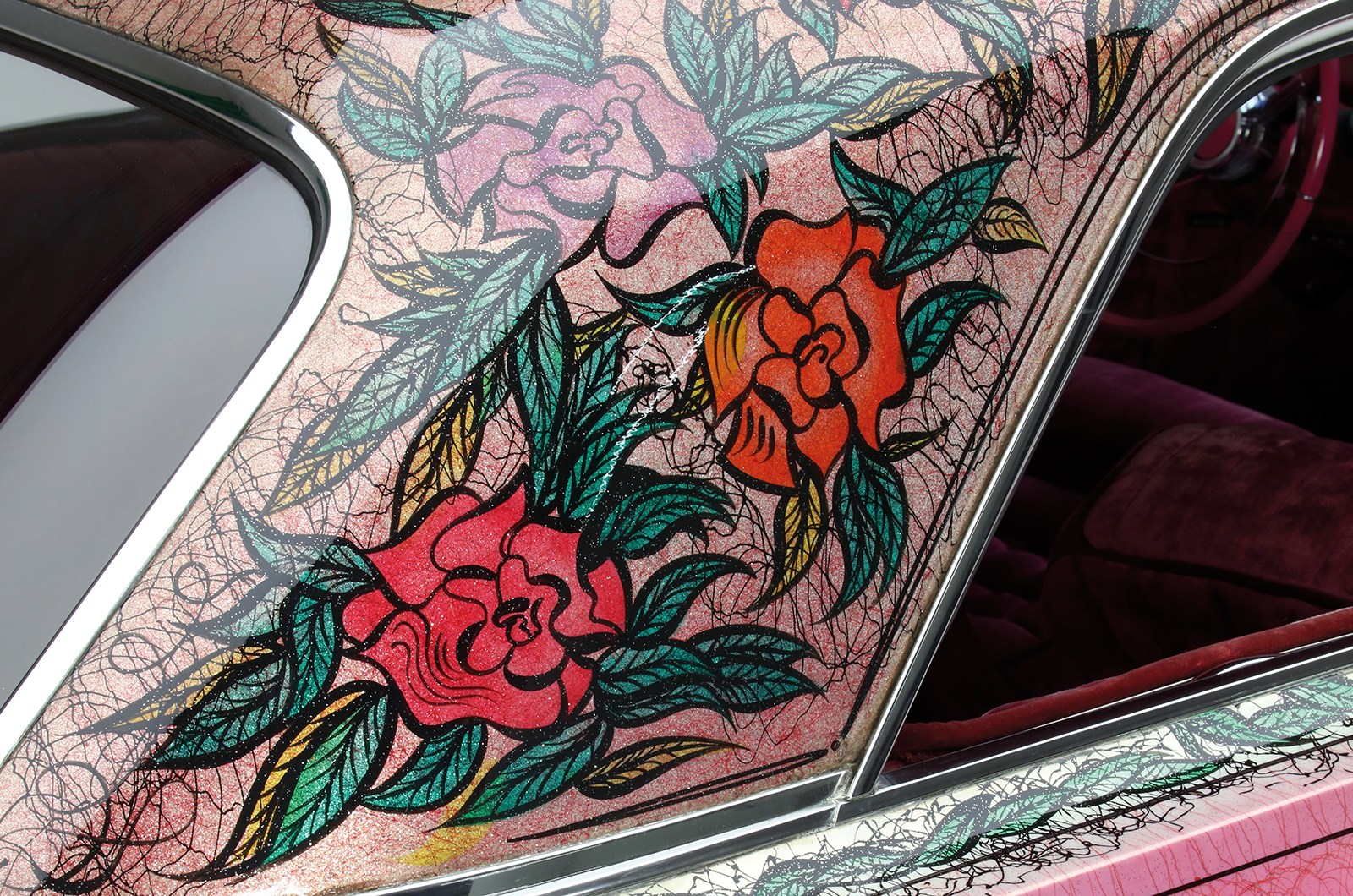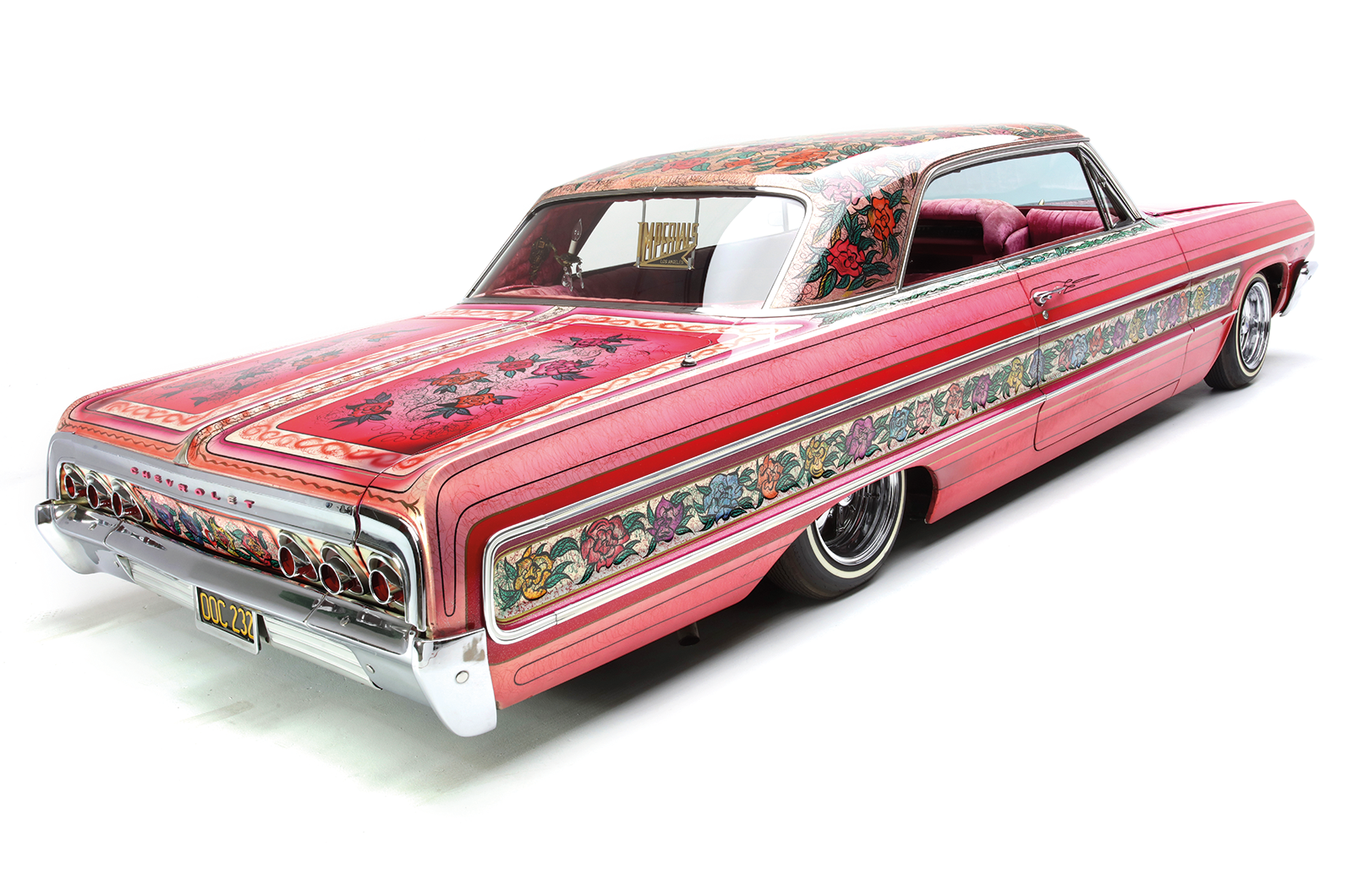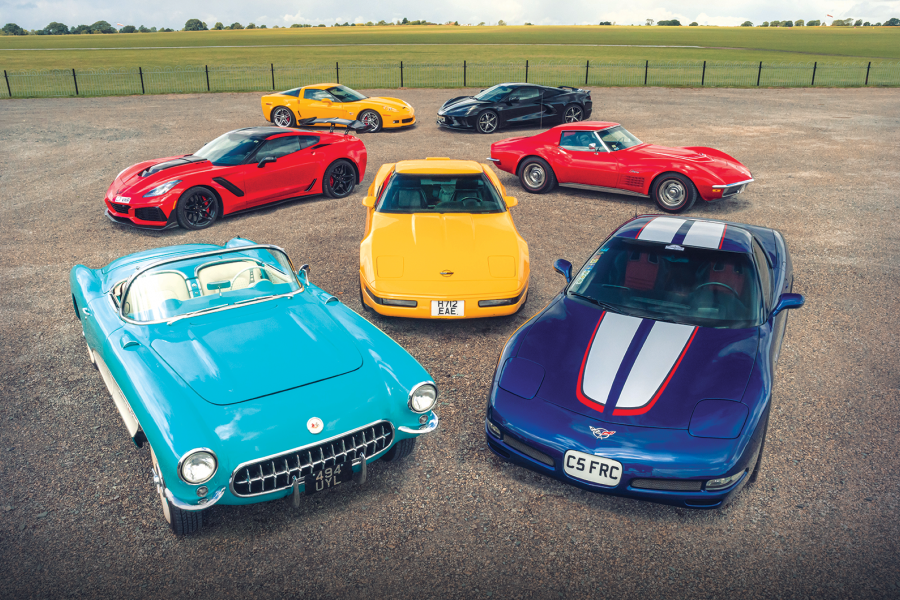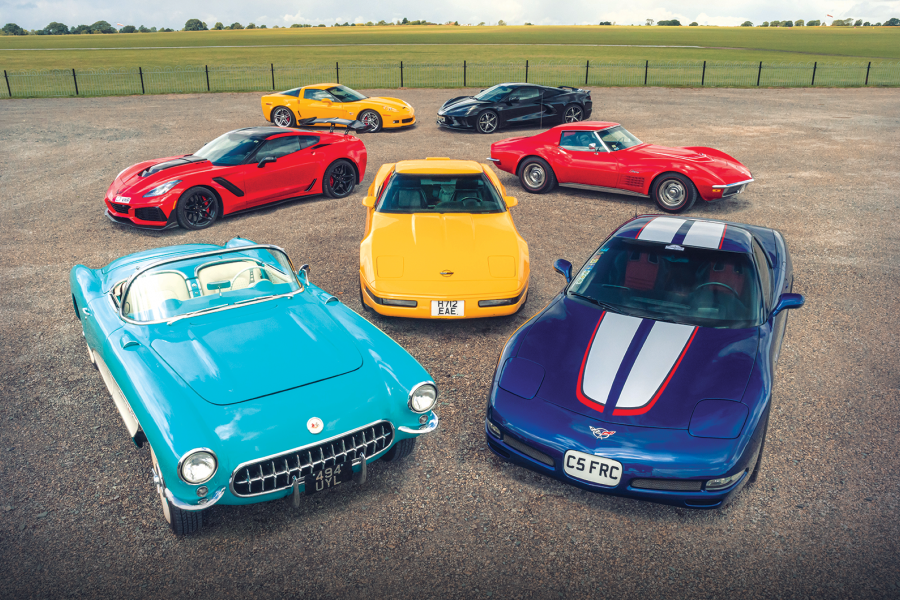
Few places in America stirred the soul in quite the same way as ’60s East Los Angeles, with its clamouring crowds and bustling, vibrant pavements.
From the clatter of exhaust shops, flashing neon liquor-store lights and the smell of simmering esquites to the swinging strains of the Thee Midniters spilling into the streets from packed music halls, the city was alive with culture.
The opening credits to the 1974 sitcom Chico and the Man offer a fascinating glimpse into the decade that followed and the sprawling barrio of 1970s Los Angeles, but by far the most evocative image from that ageing tape is that of a low, slow and intricately painted Chevrolet Impala – the most famous lowrider of them all: Gypsy Rose.

If the US was a cultural melting pot in the 1960s and ’70s then Los Angeles, east of Boyle Heights and south of El Sereno, was the crucible – an area where Mexican heritage blended, influenced and sometimes clashed with white America.
At its heart was Whittier Boulevard, miles of wide, sprawling asphalt stretching east from the end of 6th Avenue and the LA River towards Brea, which became the epicentre and spiritual home of the lowrider movement.

